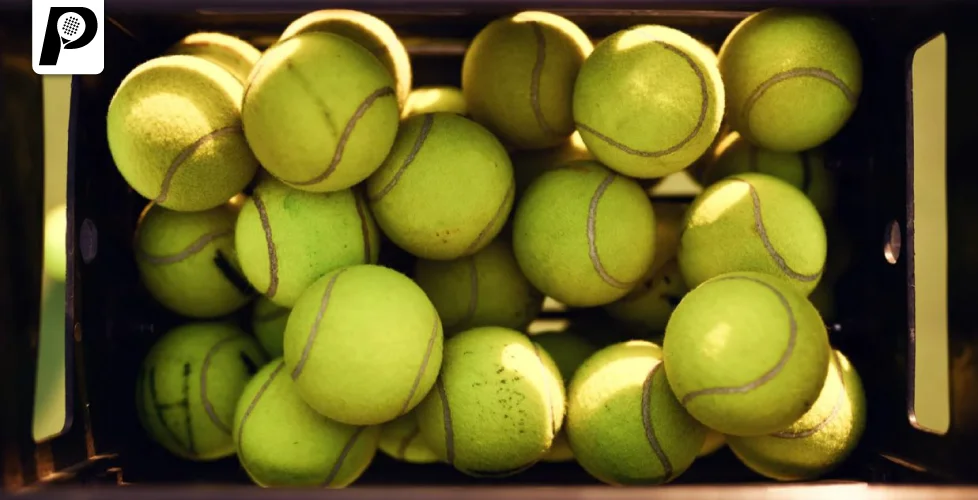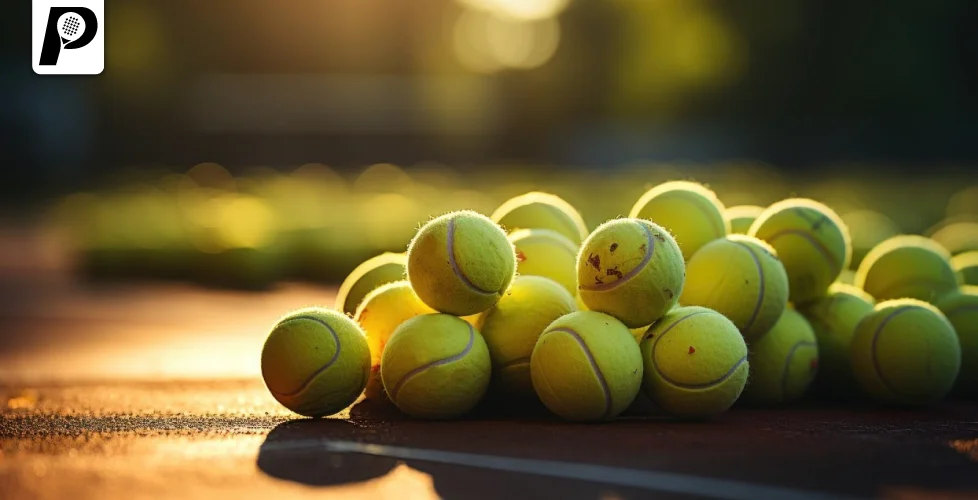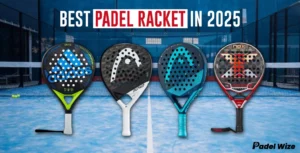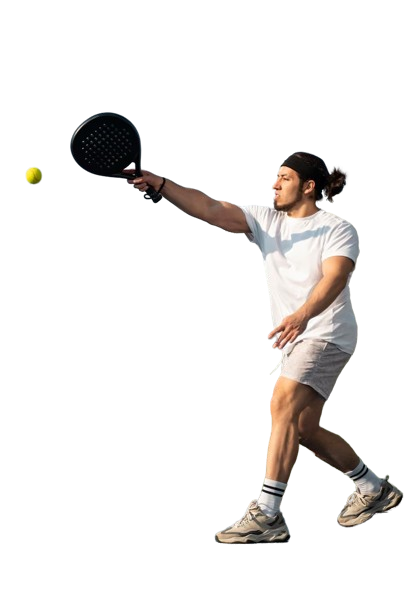Padel is a dynamic sport that demands high-quality equipment, and the padel balls you use play a significant role in your overall performance. To ensure that your padel balls last as long as possible, proper care and maintenance are essential. In this blog, we’ll explore various tips and strategies to help you maximize the lifespan of your padel balls.
Related blog Is Padel the Same as Pickleball? Key Differences Explained
Understanding Padel Balls
Before diving into the care tips, it’s important to understand the basic characteristics of padel balls.
Characteristics:
- Material: Typically made of rubber with a felt exterior.
- Pressure: Padel balls are pressurized to ensure proper bounce and performance.
- Size and Weight: Similar to tennis balls but slightly smaller and lighter.
Characteristics of Padel Balls
Understanding the characteristics of padel balls is essential for players to appreciate their design and functionality. These balls, made with specific materials and pressure, are designed to enhance gameplay and ensure consistency on the court.
| Characteristic | Description |
|---|---|
| Material | Rubber with a felt exterior |
| Pressure | Pressurized for optimal performance |
| Size | Slightly smaller than tennis balls |
| Weight | Lighter than tennis balls |
Proper Storage
Proper storage is crucial for maintaining the pressure and overall condition of your padel balls.
Tips for Storage:
- Avoid Extreme Temperatures: Store balls in a cool, dry place. Avoid exposing them to extreme heat or cold.
- Use a Ball Pressurizer: A pressurizer helps maintain the pressure of the balls when not in use.
- Seal the Container: Always keep the balls in a sealed container to prevent loss of pressure.
Storage Tips
Proper storage of your padel balls is essential to maintain their pressure, bounce, and overall condition. By following a few simple storage tips, you can significantly extend the lifespan of your padel balls and ensure they perform at their best every time you play.
| Tip | Reason |
|---|---|
| Cool, dry place | Prevents damage from extreme temperatures |
| Ball pressurizer | Maintains ball pressure |
| Sealed container | Prevents pressure loss |
Regular Cleaning
Keeping your padel balls clean can significantly extend their life.
Cleaning Steps:
- Remove Dirt and Debris: After each game, wipe the balls with a damp cloth to remove any dirt.
- Avoid Soaking: Do not soak the balls in water as it can damage the felt.
- Dry Properly: Ensure the balls are completely dry before storing them.
key Points:
- Wipe with a damp cloth
- Avoid soaking in water
- Ensure complete drying
Monitoring Usage
Tracking the usage of your padel balls helps you know when they need to be replaced.
Usage Tips:
- Rotation: Rotate between different sets of balls to ensure even wear.
- Game Count: Keep track of the number of games played with each set of balls.
- Check for Wear: Regularly inspect balls for signs of wear and tear.
Monitoring Tips
Properly monitoring the usage of your padel balls is crucial to ensure they remain in top condition and perform well during each game. By implementing a few strategic practices, you can maximize the lifespan of your balls and maintain their quality.
| Tip | Description |
|---|---|
| Rotation | Use different sets to ensure even wear |
| Game count | Track number of games per set |
| Wear check | Inspect balls regularly for damage |
Environmental Factors
Environmental conditions can greatly impact the lifespan of your padel balls.
Considerations
- Humidity: High humidity can affect the bounce and performance of the balls.
- Altitude: Playing at higher altitudes can alter the pressure and bounce of the balls.
- Surface Type: The type of court surface (e.g., grass, clay, or hard) can influence ball wear.
key Points
- Manage humidity levels
- Consider altitude impacts
- Adjust for court surface type
Relatedblog Padel Tennis vs Pickleball: Equipment, Rules, and Play Styles

Common Mistakes to Avoid
Avoiding common mistakes can help prolong the life of your padel balls.
Mistakes:
- Leaving Balls in Car: Extreme temperatures in a car can damage the balls.
- Overuse: Using balls beyond their recommended lifespan reduces performance.
- Improper Cleaning: Incorrect cleaning methods can damage the felt.
key Points:
- Do not leave balls in the car
- Avoid overusing old balls
- Clean properly and gently
Related blog What is Padel? Exploring the Equipment, Rules, and Strategies
Do’s and Don’ts for Padel Ball Care
Taking proper care of your padel balls is essential for maintaining their performance and longevity. By following the do’s and avoiding the don’ts, you can ensure your balls remain in top condition for every game.
| Do’s | Don’ts |
|---|---|
| Store in a cool, dry place | Expose to extreme temperatures |
| Clean regularly with a soft cloth | Use harsh chemicals or abrasive materials |
| Rotate balls to ensure even wear | Use the same ball repeatedly for long periods |
| Inspect regularly for damage | Continue using damaged balls |
| Use proper hitting techniques | Hit with excessive force unnecessarily |
| Play on clean, smooth surfaces | Play on rough or sharp surfaces |
Related blog A Comprehensive Guide To Padel Training
Conclusion
Taking care of your padel balls is essential for maintaining their performance and longevity. By following the tips outlined in this guide, you can ensure that your balls remain in excellent condition for as long as possible. Proper storage, regular cleaning, and mindful usage are key factors in extending the life of your padel balls. Happy playing!
Key Tips for Padel Ball Care
| Section | Key Tips |
|---|---|
| Storage | Cool, dry place; ball pressurizer; sealed container |
| Cleaning | Wipe with damp cloth; avoid soaking; dry properly |
| Monitoring Usage | Rotate sets; track games; inspect for wear |
| Environmental Factors | Manage humidity; consider altitude; adjust for surface type |
| Common Mistakes | Avoid extreme temperatures; do not overuse; clean correctly |
By adhering to these guidelines, you can enjoy optimal performance and extended lifespan from your balls.







